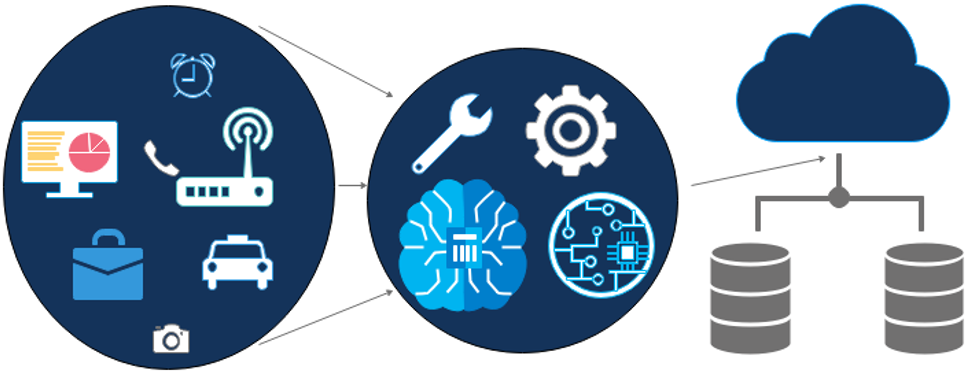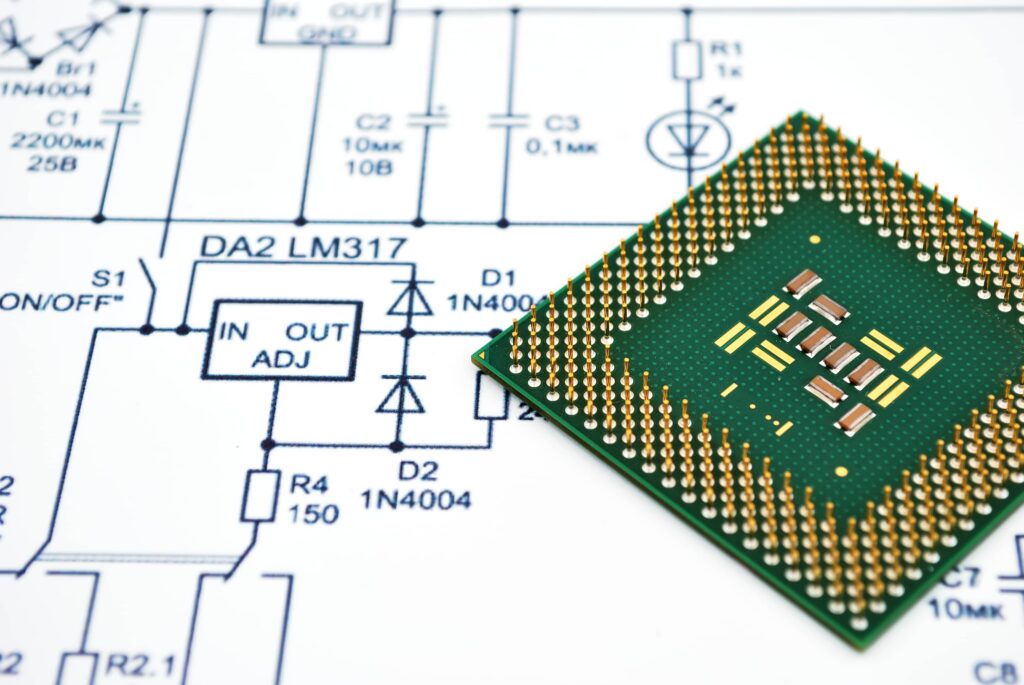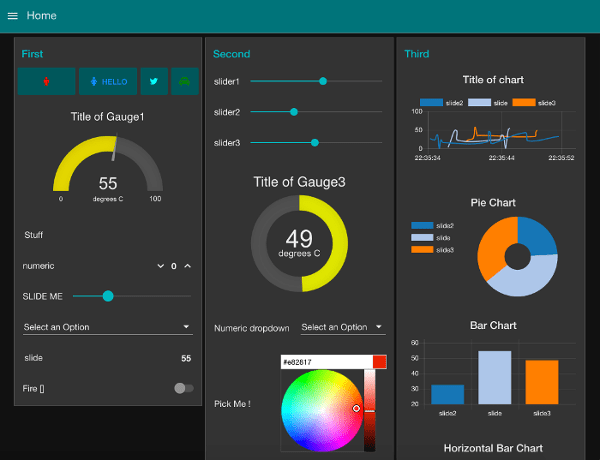Public, Private & Hybrid Cloud Types! Also Community Cloud!
Cloud computing has become an essential part of modern business, providing organizations with the ability to scale their computing resources on-demand and reduce costs.
Among the various types of cloud computing, public, private, and hybrid clouds are the most commonly used by organizations.
 Private Cloud Networks
Private Cloud Networks
A private cloud is a type of cloud computing service where the infrastructure, platform, or software is provided over a private network, typically owned and operated by the organization using it.
Private clouds are typically used by organizations that have strict security or compliance requirements, or that want more control over their data and infrastructure.
Hybrid Cloud Networks
A hybrid cloud is a combination of a public and a private cloud, where an organization uses a public cloud provider for some services and a private cloud for others.
This allows organizations to take advantage of the scalability and cost-effectiveness of public clouds while still maintaining control over sensitive data and applications on a private cloud.
Public Cloud Networks
A public cloud is a type of cloud computing service where the infrastructure, platform, or software is provided over the internet by a third-party provider.
Examples of public cloud providers include Amazon Web Services (AWS), Microsoft Azure, and Google Cloud Platform (GCP).
Public clouds are known for their scalability and cost-effectiveness, as organizations can easily add or remove resources as needed, and only pay for what they use.
Benefits / Types / Use Cases
One of the main benefits of public clouds is that they allow organizations to focus on their core business, rather than managing their own IT infrastructure.
Public cloud providers are responsible for the maintenance, updates, and security of the infrastructure, allowing organizations to spend more time developing their products or services.
However, public clouds may not be suitable for organizations that have strict security or compliance requirements, or that want more control over their data and infrastructure. In such cases, a private cloud may be a better option.
Private clouds provide organizations with a high level of control and customization, as they can configure the infrastructure to meet their specific needs.
They also offer a higher level of security, as the data is stored and processed within the organization’s own network.
However, private clouds can be more expensive and complex to manage than public clouds. Organizations need to invest in the necessary hardware, software, and personnel to set up and maintain a private cloud.
Hybrid clouds provide organizations with the best of both worlds, as they can leverage the cost-effectiveness and scalability of public clouds for non-sensitive tasks, while keeping sensitive data and applications on a private cloud for added security.
Hence, public, private, and hybrid clouds each have their own set of advantages and disadvantages, and the choice of which one to use depends on the specific needs of the organization.
Public clouds offer scalability and cost-effectiveness, while private clouds offer control and security.
Hybrid clouds offer the best of both worlds.
| Feature | Public Cloud | Private Cloud | Hybrid Cloud |
| Infrastructure ownership | Provider owns and manages the infrastructure | Organization owns and manages the infrastructure | Combination of provider-owned and organization-owned infrastructure |
| Accessibility | Available over the internet | Available over a private network | Combination of internet and private network access |
| Security | Generally less secure, as resources are shared | Generally more secure, as resources are dedicated and isolated | Can provide a balance of security and accessibility |
| Scalability | Highly scalable, as resources can be easily added or removed | Scalable, but may require more planning and resources | Combination of public and private scalability |
| Cost | Generally more cost-effective, as resources are shared | Can be more expensive, as resources are dedicated and isolated | Can provide a balance of cost and customization |
| Control | Limited control, as resources are shared | Greater control, as resources are dedicated and isolated | Combination of public and private control |
 What is a Community Cloud?
What is a Community Cloud?
A community cloud is a type of cloud computing service that is shared by multiple organizations that have a common interest or need.
It is similar to a private cloud in that the infrastructure, platform, or software is provided over a private network, but it is shared among a specific community of users, rather than being dedicated to a single organization.
A community cloud can be set up and managed by one or more of the organizations in the community, or by a third-party service provider. The infrastructure is typically used by organizations that have similar requirements, such as those in the same industry or geographical region.
Advantages of a community cloud include:
- Shared resources: Organizations can share the costs and benefits of the infrastructure, making it more cost-effective than a private cloud.
- Enhanced security: Multiple organizations can work together to enhance security and compliance, as the community can pool resources and expertise.
- Improved collaboration: Organizations can collaborate and share best practices, leading to improved efficiency and productivity.
- Compliance: Community clouds can help organizations meet compliance requirements, such as those related to data storage and handling, as the infrastructure is shared among organizations that have similar requirements.
- Scalability: Community clouds can be easily scaled to meet the changing business needs of the community.
- Customizable: Community clouds can be customized to meet the specific needs of the community.
- Predictable costs: Community clouds can provide an organization with more predictable costs as the organization can plan and budget for its IT needs more effectively.
Community clouds can be a good option for organizations that have similar requirements and want to share resources and expertise while maintaining control over their IT environment.
Which is better?

Determining which type of cloud is better depends on the specific needs and requirements of an organization.
Each type of cloud (public, private, hybrid, and community) has its own set of advantages and disadvantages, and the best option for an organization will depend on a variety of factors such as security, scalability, cost, and compliance.
Public clouds are typically the most cost-effective and scalable option, and are well suited for organizations that have less strict security and compliance requirements.
They are also good for organizations that want to focus on their core business and leave the management of the IT infrastructure to the cloud provider.
Private clouds provide organizations with a higher level of control and customization, as well as increased security for sensitive data and applications.
They are often used by organizations that have strict security or compliance requirements, or that want more control over their data and infrastructure.
Hybrid clouds allow organizations to take advantage of the scalability and cost-effectiveness of public clouds while still maintaining control over sensitive data and applications on a private cloud.
They are a good option for organizations that want to balance the benefits of public and private clouds.
Community clouds are a shared infrastructure that is set up and managed by one or more organizations in the community, or by a third-party service provider.
They are often used by organizations that have similar requirements and want to share resources and expertise while maintaining control over their IT environment.
It is important for organizations to evaluate their specific needs and choose the type of cloud that best meets their requirements. It is also important to note that the cloud computing landscape is rapidly evolving and new options may become available in the future.
Looking for End to End Industrial Automation & IoT Solutions?







































